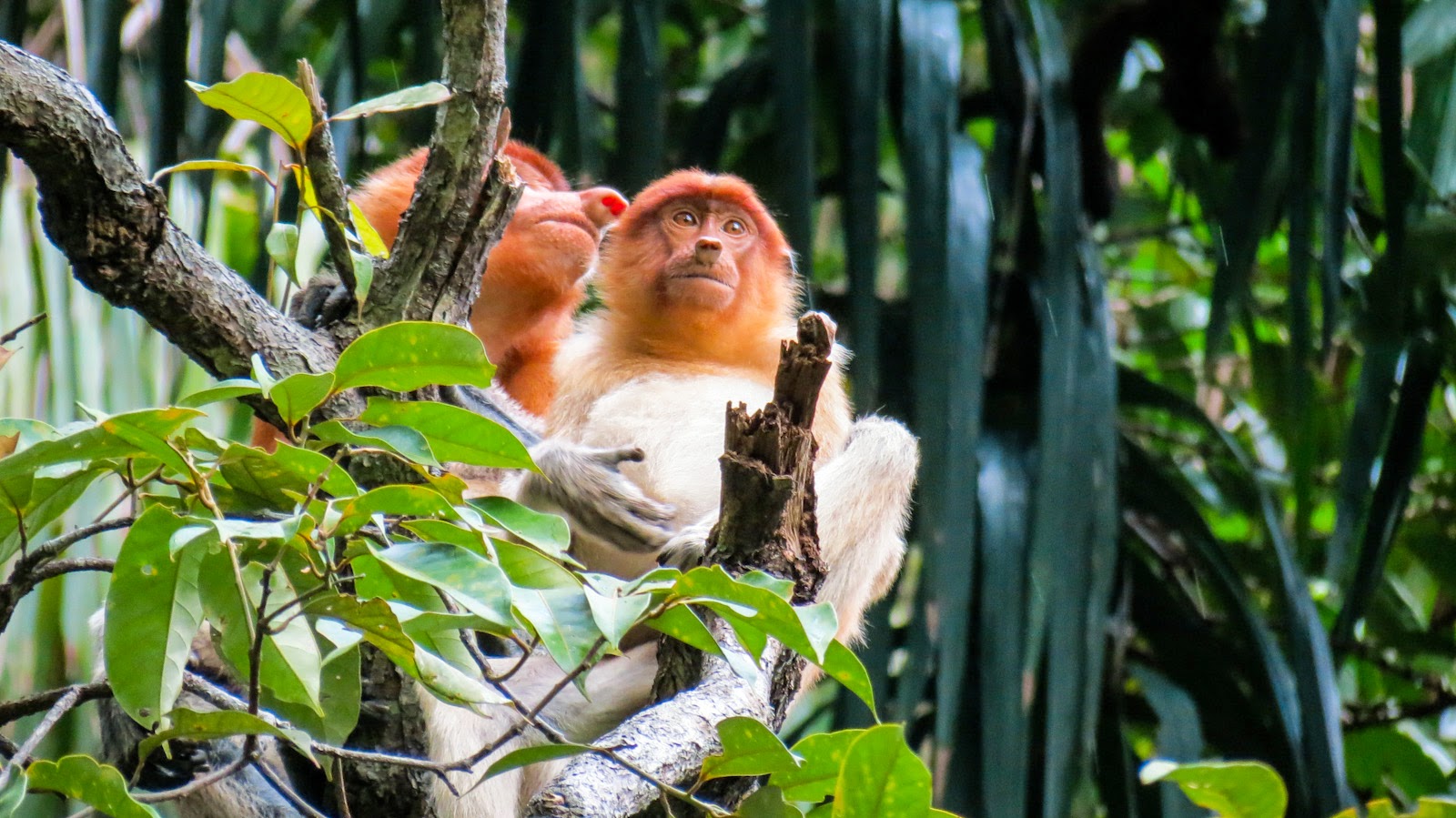Bako
National Park
With
its rainforest, abundant wildlife, jungle streams, waterfalls, interesting
plant life, secluded beaches, panoramic rocky shoreline, bizarre rock
formations and extensive network of trekking trails, Bako National Park offers
visitors an excellent introduction to the rainforest and coastline of Borneo.
Bako may not have an instantly recognisable star attraction, but there can be
very few places in the world that pack so much natural beauty into such a
limited area, all just 37 km from Kuching. Its accessibility - and its sheer
range of attractions and activities - have made Bako one of the most popular
parks in Sarawak.
Gazetted
in 1957, Bako is Sarawak’s oldest national park, covering an area of 2,727
hectares at the tip of the Muara Tebas peninsula. It is one of the smallest
national parks in Sarawak, yet one of the most interesting, as it contains
almost every type of vegetation found in Borneo. The well-maintained network of
nature trails - from easy forest strolls to full-day jungle treks – allows
visitors to get the most out of this unique environment.
Bako
contains an incredible variety of plant species and vegetation types, and this
is one of the park’s great attractions. At Bako it is possible to see almost
every type of vegetation found in Borneo. 25 distinct types of vegetation form
seven complete eco-systems - Beach Vegetation, Cliff Vegetation, Kerangas or
Heath Forest, Mangrove Forest, Mixed Dipterocarp Forest, Padang or Grasslands
Vegetation and Peat Swamp Forest. It is easy to explore these eco-systems via
the jungle trails. The contrasts are so distinct that you do not have to be a
scientist to notice the differences. Furthermore, most of the different
vegetation types are found close to the park HQ at Telok Assam
The
best times for seeing wildlife at Bako are just after dawn and just before
dusk, when the animals are at their most active. You are more likely to see
animals on the trails if you go in small groups, walk slowly, keep as quiet as
possible, and listen out for sounds and movements in the forest. For example,
you are likely to hear a strange grunting sound or the crash of leaves long
before you actually see a proboscis monkey.
Bako
is a fascinating place for bird watching, as over 150 species have been
recorded here. Although many of these can be seen around the accommodation
area, you need to hit the trails to appreciate the full variety of Bako’s bird
life. The mangroves at Telok Assam are an excellent place to start. Serious
bird watchers should take a good pair of binoculars and thePocket Guide to the
Birds of Borneo, which is widely available in Kuching.
Rock
pools and mangroves are good places to search for small animals such as
mudskippers and crabs, especially sky-blue fiddler crabs and shell-dwelling
hermit crabs. Bako also has its fair share of insects. Watch out for them on
the forest floor and hear them everywhere.
·
Entry Fees & Permits
There
is a nominal entry fee for all National Parks in Sarawak. Check with the
National Parks Booking Office in Kuching for the latest fee structure. A permit
is required for professional photography or filming, which should be arranged
in advance with the National Parks Booking Office.
Getting there
From
Kuching, take a taxi or Petra Jaya Bus No. 6 to Kampung Bako (Bako Village).
The journey takes approximately 45 minutes. Boats can be chartered at the
National Parks Boat Ticketing Counter next to the jetty for the 30-minute boat
ride to the Park HQ whilst registering your arrival at the Park Arrival Booth.
Check with the National Parks Booking Office in Kuching for the latest boat
fares. Local tour operators also organise guided trips to Bako.
·
Accomodation
Park
accommodation consists of 3-bedroom Chalets, 2-bedroom Lodges, 4-bedroom
Hostels and a camping ground. Barbecue pits are provided for visitors to
prepare their own meals. Please contact the National Parks Booking Office for
the latest room rates and to make reservations.






No comments:
Post a Comment